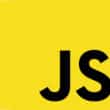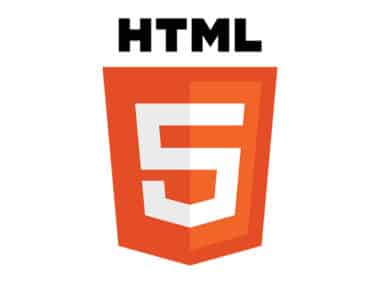JavaScript has become one of the most important programming languages in the world of web development. The rise of the internet and the increasing complexity of web applications have made JavaScript libraries and frameworks essential tools for developers who want to create high-quality and efficient web applications. In this document, we will explore the most popular JavaScript libraries and frameworks, including jQuery, React, and Angular, and explain how they can help you streamline your web development process.
jQuery
jQuery is a fast, small, and feature-rich JavaScript library that simplifies HTML document traversing, event handling, and animation. It allows you to write less code while achieving more, making it a popular choice for web developers. With jQuery, you can easily manipulate the HTML DOM, create animations, handle events, and make AJAX requests. jQuery has been around for over a decade and has a vast community of developers who contribute to its growth and development.
Here is an example of how to use jQuery to change the text of an HTML element:
$(document).ready(function(){
$("button").click(function(){
$("p").text("Hello World!");
});
});
React
React is a JavaScript library for building user interfaces. Developed by Facebook, React allows you to build reusable UI components with ease, making it a popular choice for building large-scale web applications. With React, you can create dynamic and interactive UIs that update in real-time without needing to reload the entire page. React has become one of the most popular JavaScript libraries, with a growing community of developers and companies using it to build complex web applications.
Here is an example of how to use React to create a simple component:
import React from 'react';
function Greeting(props) {
return <h1>Hello, {props.name}!</h1>;
}
export default Greeting;
Angular
Angular is a TypeScript-based open-source web application framework led by the Angular Team at Google. It allows you to build dynamic and interactive web applications with ease, making it a popular choice for enterprise-level projects. With Angular, you can create reusable components, handle data binding, and make HTTP requests. Angular has been around for over a decade and has a large community of developers who contribute to its growth and development.
Here is an example of how to use Angular to create a simple component:
import { Component } from '@angular/core';
@Component({
selector: 'app-greeting',
template: '<h1>Hello, {{name}}!</h1>',
})
export class GreetingComponent {
name = 'Angular';
}
In conclusion, JavaScript libraries and frameworks are powerful tools that can help you streamline your web development process. Whether you choose jQuery, React, Angular, or another library or framework, it’s important to choose the tool that best fits your needs and skill level. Each library and framework has its strengths and weaknesses, and you should carefully evaluate them before deciding which one to use. We hope this introduction has helped you better understand the benefits of using JavaScript libraries and frameworks in your web development projects.



